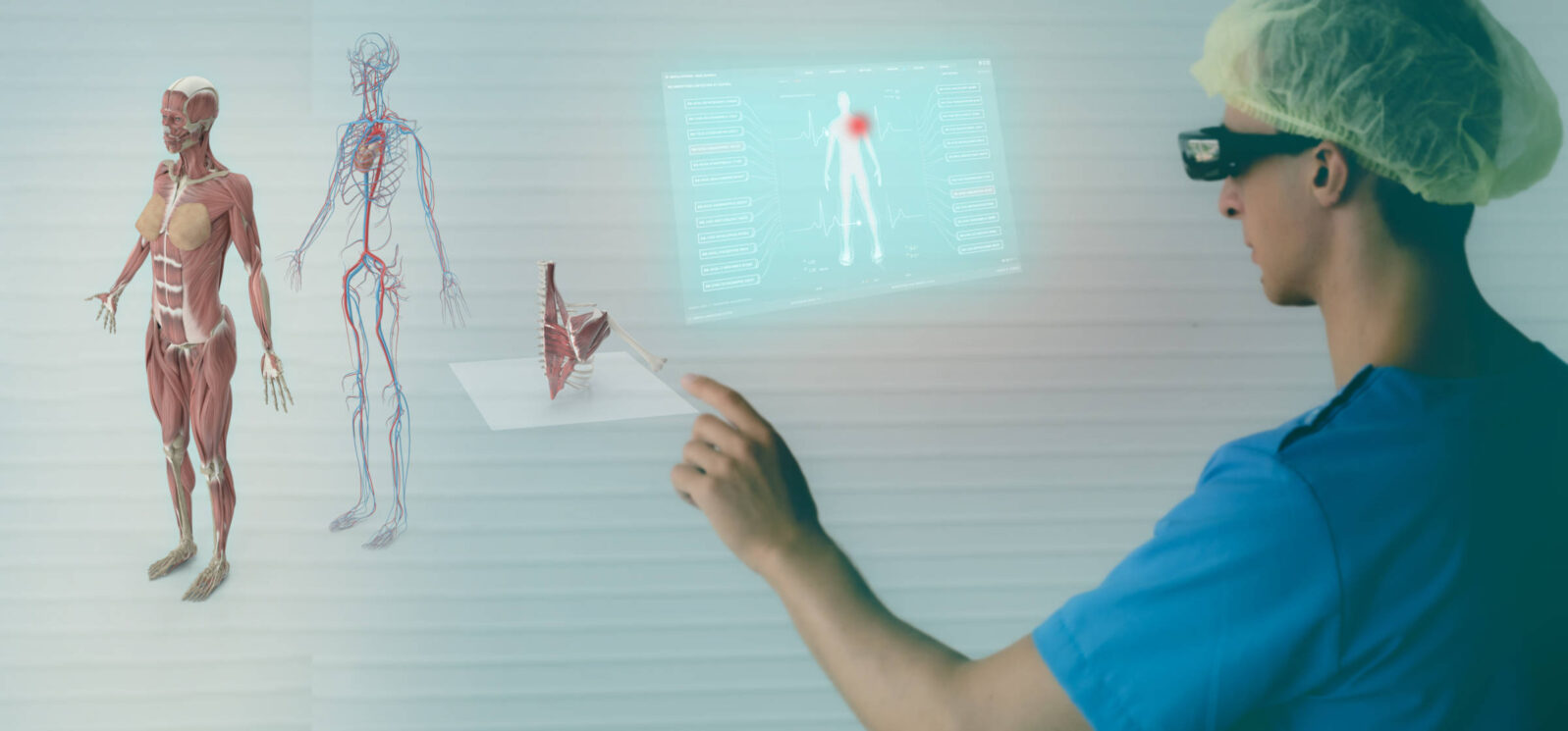Virtual Reality Joins Actual Reality — and It’s a Real Advance
The grandfather of virtual reality explains how everyone began to think of ways VR might help themAs a result of media reports of his success in pioneering virtual reality for the US Air Force, many people contacted Thomas Furness. asking about civilian uses for virtual reality. In a recent podcast, Walter Bradley Center director Robert J. Marks continued his discussion with the “grandfather of virtual reality.”
And the people who contacted Furness were not asking for better computer games. They were talking about really serious issues:
Partial transcript:
Thomas Furness: One question that came, one of the first ones I received, was from a mother who had watched a program that, apparently I was talking about the virtual cockpit. She called me and said, I watched this program. I want you to know my child has cerebral palsy. Is there anything you can do with this technology to help my child?
Then, not long after that, I received a phone call from a surgeon. He told me he was a thoracic surgeon. He was trying to replace a graft on the aorta in the heart, the artery of the heart. He said, I have a real problem because I don’t have a navigation system. I’m inside my patient up to my elbow, sort of feeling my way around. My map that tells me where things are located and what I should be doing is actually a CT scan. It’s on a light box on the side of the operating room. I’m having to look over to that all the time.
What I need is a map that I can look into the patient and see it there. Can I do that?
Then another surgeon said, can you put my eyes inside the patient so that I can look around because I want to do this minimally invasive surgical procedure where I’m on the inside looking out rather than outside looking in?
Note: How virtual reality can be used in surgery today, as a result of pioneering efforts in the 1980s, is demonstrated in the short video below:
Thomas Furness: Then there was another phone call from a firefighting company. They said, we have a real problem with firefighters. They walk into these buildings. They’re full of smoke. They don’t know where the fire is. They don’t know if there people were inside. The other firemen are in there. They don’t necessarily see them. The person who’s directing all of this, the fire chief is on the outside of building with a radio. He doesn’t know anything. Is there any way that you can give us basically a cockpit to use inside of a building, a fire and smoke building so we can find our way around? Anyhow, I was getting three or four phone calls a week like this.
Note: In the end, Furness was given a full professorship at the University of Washington in 1989, to start the Human Interface Technology Lab in order to work on just such projects.
Thomas Furness: Here we have the HIT Lab that has 120 folks in it and spinning all of these companies… We have students from every department of college of engineering with a section of chemical engineering. We even had material science and engineering and bio and electrical and mechanical and industrial and so forth, but we also had students from art, drama and music, oceans and fisheries, medical school, dental school, nursing school, geography, the college of the built environment, architecture. These were students that actually lived in the HIT Lab… That was where their office was. What I would do is organize these students into clusters of four members.
They would be in this little sort of bullpen with four of them. One would be a psychology major. One would be a EE major. One would be oceans and fisheries and the other, a drama PhD. You say what? You say, yeah. What I do is I seed them with a problem to solve. Lo and behold, these kids would generate several patents a week.
Robert J. Marks: Seriously, a week?
Thomas Furness: Yeah. One year, we had more patents in the HIT Lab than all the rest of the university combined. The reason for it was because of the different perspectives. You’d have these different ways of looking at problems like the blind men around the elephant, right?
Don’t miss the earlier episode in this series: VR was largely invented by an Air Force engineer. Real world pilot concerns drove his inventions, long before Comic-Con. Fighter pilots needed virtual reality to see what was happening around them. That’s how the technology got started, as developer Tom Furness explains.
